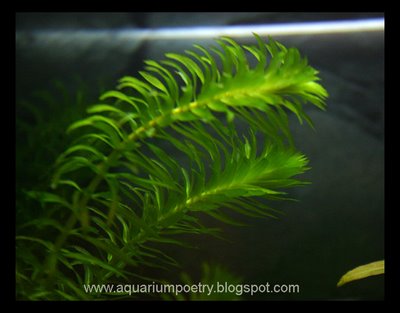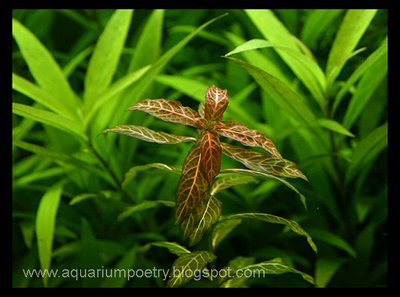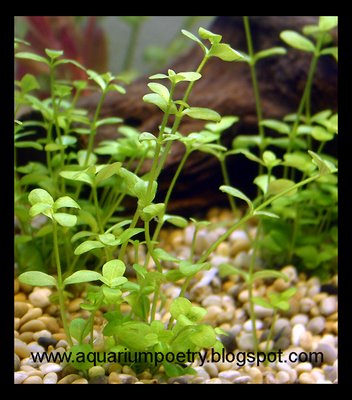Hygrophila corymbosa "Siamensis 53B"
 A variety of Hygrophila corymbosa ''Siamensis'', but more bushy with narrower leaves. The difference is less noticeable in older plants. Under water the leaves are light-green and dense. In open aquariums Hygrophila corymbosa ''Siamensis 53B'' grows easily above the water surface, where it forms blue-green leaves and small blue flowers.
A variety of Hygrophila corymbosa ''Siamensis'', but more bushy with narrower leaves. The difference is less noticeable in older plants. Under water the leaves are light-green and dense. In open aquariums Hygrophila corymbosa ''Siamensis 53B'' grows easily above the water surface, where it forms blue-green leaves and small blue flowers.Height: 15-30 cm Width: 10-15 cm Light: low-very high Temp.: 20-28'C
Hardness: very soft-hard pH: 5,5-8 Growth: MEDIUM Demands: EASY
My plants are from Tropica www.tropica.com
Photo by Dusko Bojic








